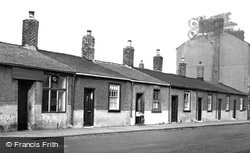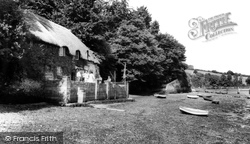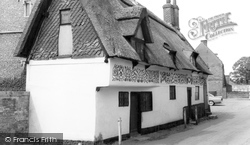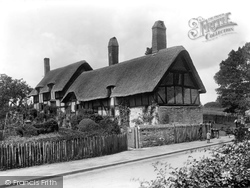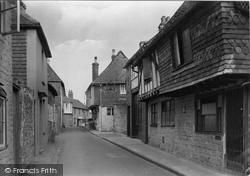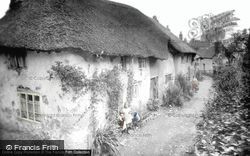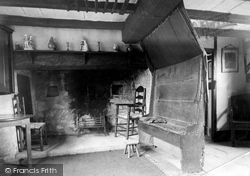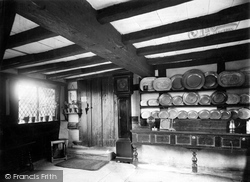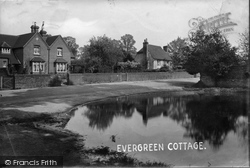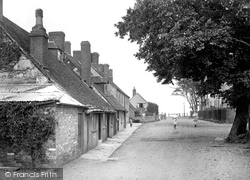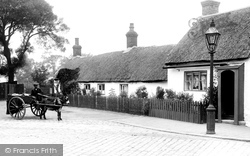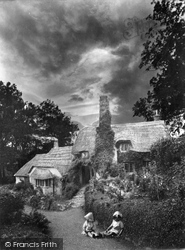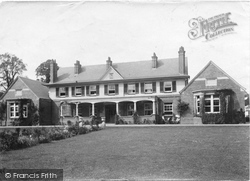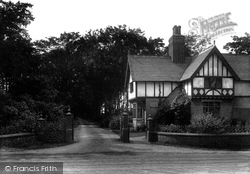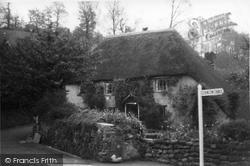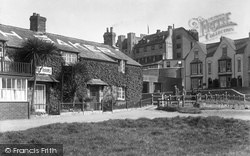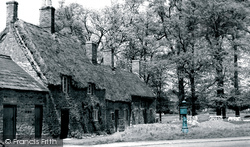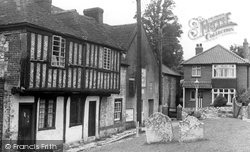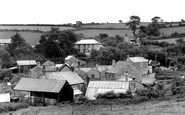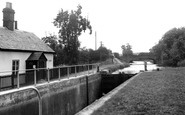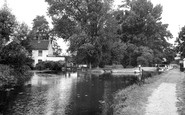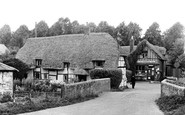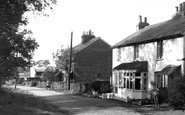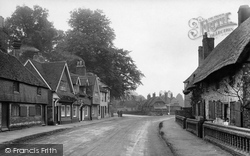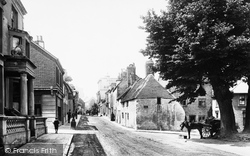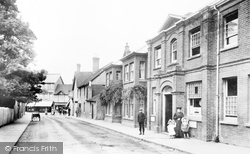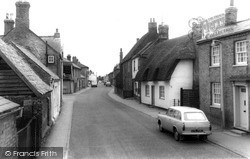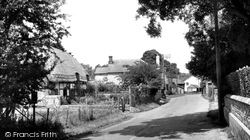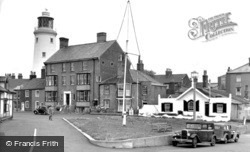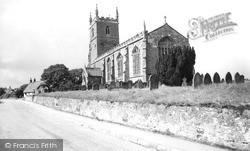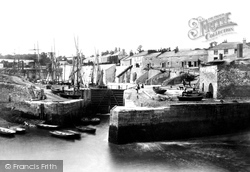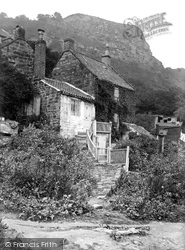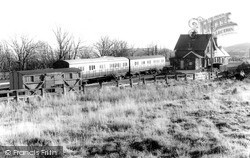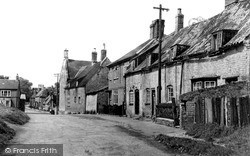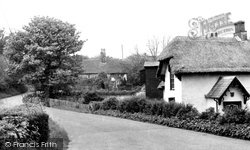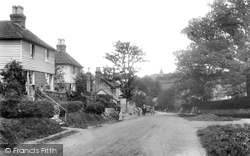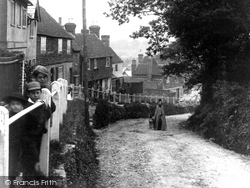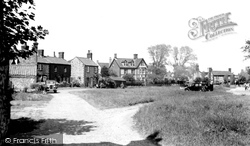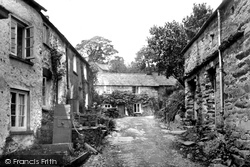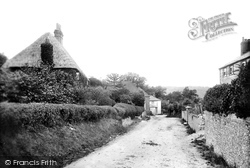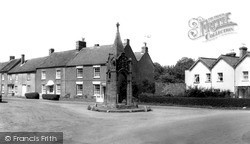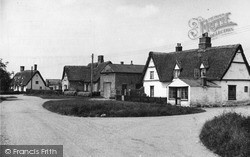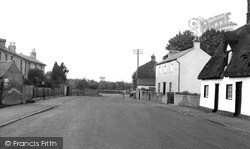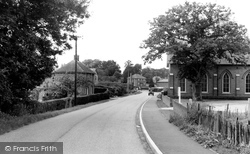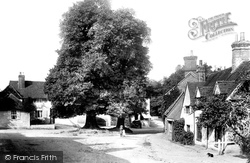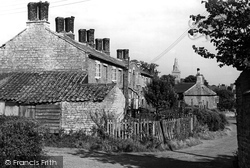Places
6 places found.
Those places high-lighted have photos. All locations may have maps, books and memories.
Photos
2,406 photos found. Showing results 541 to 560.
Maps
41 maps found.
Books
Sorry, no books were found that related to your search.
Memories
2,828 memories found. Showing results 271 to 280.
Rose View
1970 - 1984: As you look at this photo the last building on the right, the barn like cottage with the small window, is Rose View. My mum and dad bought it for £1,000 in 1970, and set to work modernising it as I was due 1971 and my brother ...Read more
A memory of Polgooth in 1970 by
Where I Was Brought Up
I was 2 years old when we moved in, in 1950. My dad was the Lock Keeper, Alan Mclean Tait, my mum Florence (Always called Elsie)my sister Christina (Chris), me, Eddie & our spaniel Judy. We also had chickens and a cockrel. ...Read more
A memory of Harlow in 1950 by
This Is How The Lock Looked Like When My Family Lived In Lock Cottage 1950 1961
This is where I spent my life from 2 years old till I was 13 years old. Fishing, rowing boats, paddling canoes and riding Kitty the horse in the field behind our cottage ...Read more
A memory of Harlow in 1950 by
Bookham Cottage
Correction to this original post - Jennifer Hudson's memory has corrected my original post about this photo. The road shown is actually Crabtree Lane. Just on the right is a footpath through to the Dorking Road at the far end of ...Read more
A memory of Great Bookham by
Now
Do you see the thatch cottage by the bridge? My son and daughter-in-law and our grandchildren now live there, since 2002. It is such a lovely place to bring up children I would love to hear from anyone who could let us know any history to their house.
A memory of Nether Wallop in 2002 by
Chisholm Cottage
My great-great-great grandparents lived opposite Wesley Chapel in the late 1800s, behind the trees on the right-hand-side of the 1901 Wesley Chapel photo. During the 1830s, Richard JACK (b1813) and some of his brothers moved to ...Read more
A memory of Hartlepool in 1880 by
Happy Childhood Holidays
I say 1950 for the year my memory relates to but in fact my memories cover from around 1946 to 196 I've only just found this web site for "Memories" although have looked at the site before and what nostalgia it has evoked ...Read more
A memory of Llwyngwril in 1950 by
Playing In The Corn Fields
I lived in the cottage next to the Chapel, and played with Wendy, we used to cycle to Upware and Wicken fen. At one point we would sit on the haystacks after the farmers had finished them. I would go horse riding in ...Read more
A memory of Swaffham Prior in 1966 by
St Endellion Church
In this old and wonderful church I was baptised, went to Sunday school and was confirmed, and every time I enter it I am in awe and feel my ancesters all around me. Being born and brought up in Trelights, my mother was a ...Read more
A memory of St Endellion in 1940 by
My Subsequent Visit 29.10.2008
My wife and I had pre-arranged to meet my sister and her entourage in the Fox and Hounds at midday yesterday. The long and winding lane from Eynsford became muddier and narrower with each passing mile and we were ...Read more
A memory of Romney Street in 2008 by
Captions
2,020 captions found. Showing results 649 to 672.
We are looking towards Pond Cottages. The main road looks empty and quiet but in March 1928 there were several instances of speeding.
This shows a vanished scene, with the unique boulder-faced cottages surrounding the old Star Brewery - the subject of perhaps the bitterest of Eastbourne's conservation battles.
A cottage hospital and court house also stood here at one time.
The small 18th-century thatched cottage was perhaps built at the same time as the rather grand red brick house further up the street.
Thatched cottages in the village line the occasionally- running stream that meanders through the lovely landscape.
Beacon Cottage, to the left, takes its name from the beacon that preceded the lighthouse of 1890. Blyth House next door has been reduced to two storeys, and now looks like an eight-bay Georgian house.
The thatched cottages are no more; the nearest has been replaced by a no doubt very functional large brick house.
St Austell's granite harbour, edged with simple colour-washed cottages, was built in 1791 by Charles Rashleigh for exporting tin.
To the right of the cottage are crates with small holes in them; perhaps this was the home of a pigeon fancier!
Nowadays there are modern holiday villages here with streamlined caravans, cottages and chalets all around this lovely area. Nearby there is now a large shire horse farm.
These brick-built cottages simply ooze charm, even if some of them appear to be in need of attention.
On the high ground between Dover and Canterbury are a number of one-time mining villages; amidst them is the surprisingly attractive hamlet of Frogham, a collection of pretty cottages.
Its weatherboarded cottages surround its tree lined green. There is also an elegant Regency parade of shops, the Colonnade, situated at the crossroads.
This steep curving road is celebrated for its row of 17th-, 18th- and 19th-century cottages in tile-hung brick and stucco, which stagger uphill raised above the roadway in traditional Surrey fashion.
Here the rural charm of the village still exists, complete with duck pond and beautiful flint cottages, some of which date back to the 17th century.
The village pump on the left, by Pump Cottage, is dated 1765 and bears the initials BB. The buildings on the right were outbuildings to the ones opposite, and one part was used as a washhouse.
A random collection of cottages around a pair of lanes forms an oval.The thatch-roofed house has a well-clipped hedge and a Chilean pine—or monkey-puzzle tree—grows in a garden further down the hill
Five roads meet at the square, including Church Road, which contains with many beautiful listed cottages. The centre of the village is used to hold the annual May Fair.
Several other farmhouses and cottages in the village have medieval origins.
In the foreground is a pair of cottages with a thatched roof.
A typical village of the Kent Weald, with its weatherboarded cottages clustered round its green, Bethersden was once famous for its paludrina marble extracted from the local clay and consisting of the
Generally regarded as the prettiest village in Surrey, this delightful picture of two small girls beneath the venerable oak trees, against a backdrop of some of the picturesque cottages at the heart of
Some new homes were built, and older cottages were converted into more luxurious accommodation.
The terrace of cottages in Allotment Lane has ragstone walls and a brick main façade; there is a low pediment at the centre with an arched window.
Places (6)
Photos (2406)
Memories (2828)
Books (0)
Maps (41)




